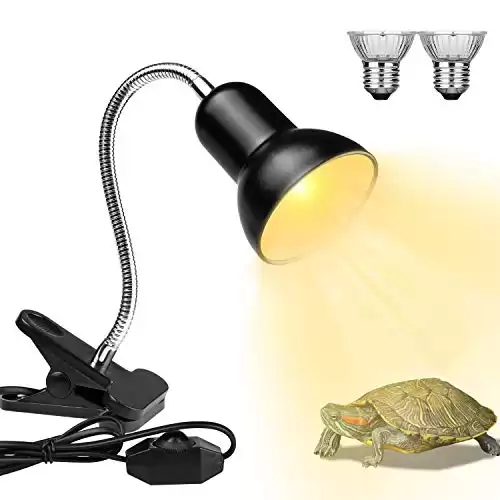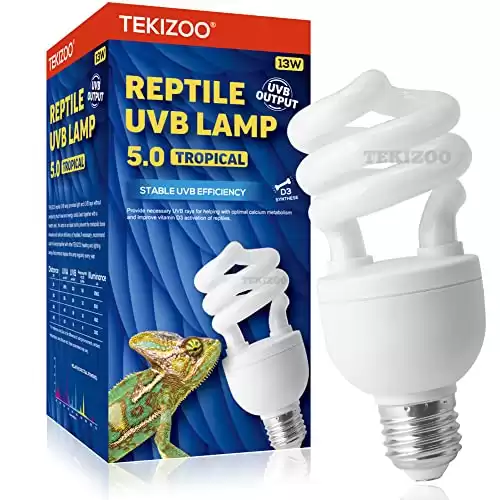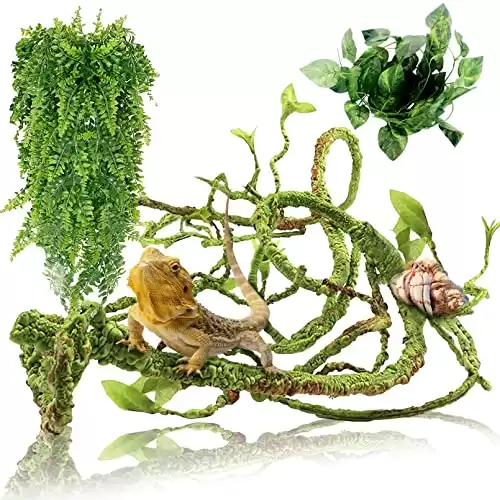Are you thinking about getting your first pet gecko? A baby or adult tangerine leopard gecko morph might be the right one for you.
These little creatures are bursting with color and character, making them a delightful addition to any reptile lover’s collection.
So, why are they so special? What makes them sought after in reptile stores? Read this article to learn more about them.
Description of Tangerine Leopard Geckos
One fascinating fact about tangerine leopard geckos is their stunning tangerine-colored skin, which sets them apart from their less noticeable relatives.
They measure around 7 to 10 inches, a manageable size for most reptile beginner keepers. Adults usually weigh between 45 to 60 grams, with females often being slightly lighter.
Interestingly enough, all tangerine leopard geckos are known for their incredible tails, which they use to distract predators. Their tails are plump and can be as long as, or sometimes even longer than, their bodies. This carrot tail serves as a fat reserve, crucial for their survival in the wild.
The tangerine leopard gecko has a small, triangular head, which gives it an alert and curious appearance.
Yet, these geckos sport large, expressive eyes with vertical pupils. Clearly, these eyes are well-adapted for nocturnal hunting. While they lack external ears, they have small ear openings located behind their eyes.
Typically, males have more prominent bulges near the base of their tail. They may also possess a more pronounced V-shaped row of preanal pores on their undersides. Females lack the noticeable bumps and pores seen in males.
Ask the Expert

Care Tips for Tangerine Leopard Geckos
We keep our tangerine leopard geckos around 90-92 degrees on the warm end. We also use belly heat from below with Flexwatt heat tape to help with digestion and thermoregulation. We also use Repashy Calcium Plus as a calcium vitamin supplement. We dust our feeder insects with the supplement every other feeding”
Dave Barley is a Gecko Breeder from Rocklin, California. Follow him on Instagram here.
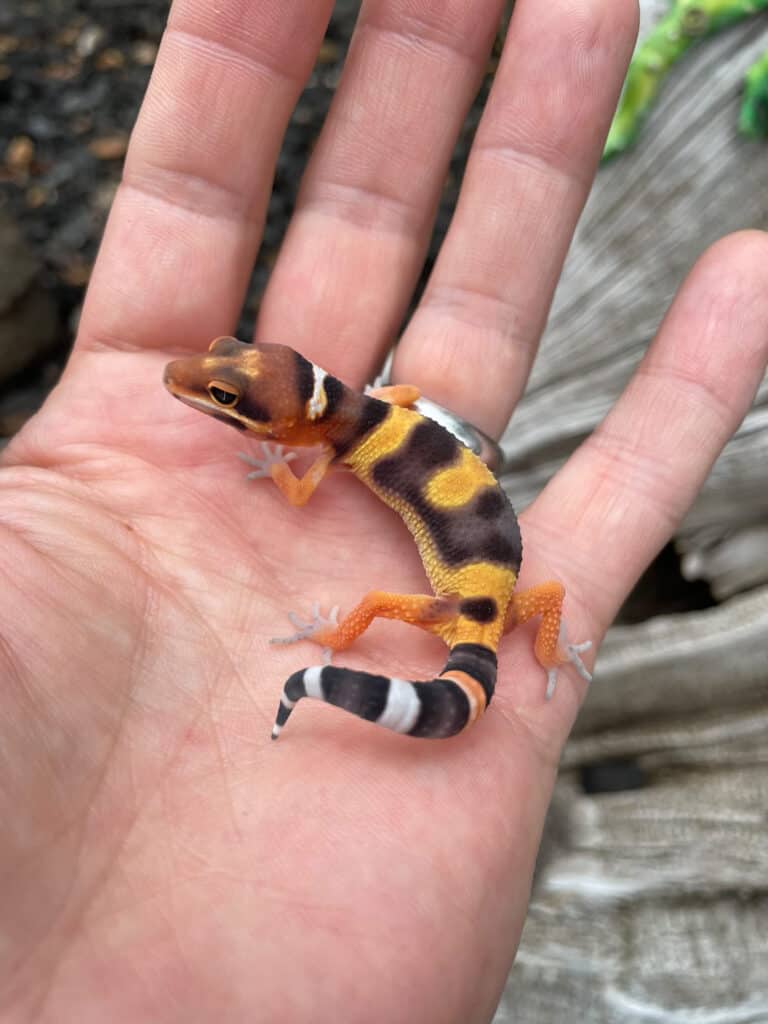
This is one of Dave Barley's baby tangerine geckos! It is only a few weeks old.
Characteristics of Tangerine Leopard Geckos
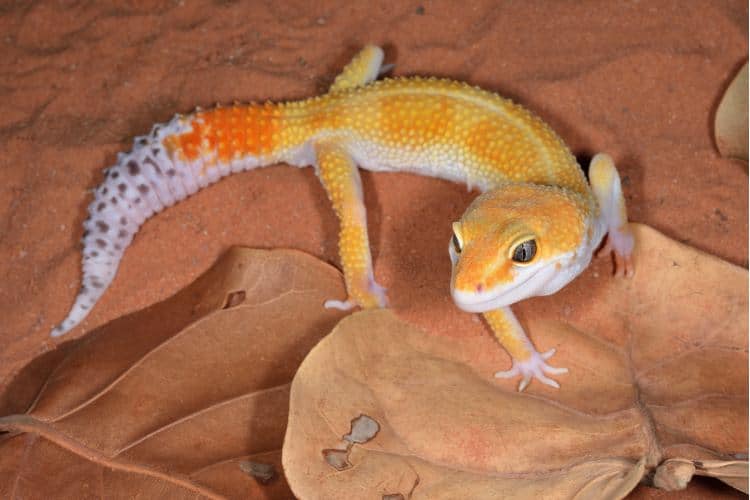
So, what are these geckos like?
- These tiny lizards are known for their calm and easygoing temperament, making them great pets for beginners and experienced reptile keepers.
- Like other leopard geckos, they are primarily active at night.
- Their diet mainly consists of live crickets, mealworms, and other small insects, making them fascinating hunters.
- They’re relatively low-maintenance pets.
- With proper care, they can live up to 20 years, providing long-lasting reptilian companionship.
Subspecies of Tangerine Leopard Gecko
Tangerine leopard geckos belong to the Eublepharis macularius species and have no recognized natural subspecies in the wild.
However, in captivity, breeders have developed numerous morphs and color variations, resulting in a dazzling array of tangerine leopard gecko varieties, each with unique visual appeal.
Color Morphs of Tangerine Leopard Gecko
These little lizards are well known for their stunning variations, and you can get high-quality geckos from a reputable seller.
Leopard geckos use their color for camouflage, which helps them stay concealed while hunting and protects them from predators.
Deep Orange Morph of Tangerine Leopard Gecko
This gecko has a striking shade of deep, bright orange hue that really makes them stand out. The deep orange body color results from selective breeding, and it's a favorite among reptile enthusiasts.
Citrus Morph of Tangerine Leopard Gecko
These vivid geckos can come in various citrusy shades, from lemony yellows to zesty oranges. It's like having a living fruit salad in your
Every incredible body color of the citrine leopard gecko morph is equally captivating. This incredible body color is another product of selective breeding.
Captive Care for a Tangerine Leopard Gecko
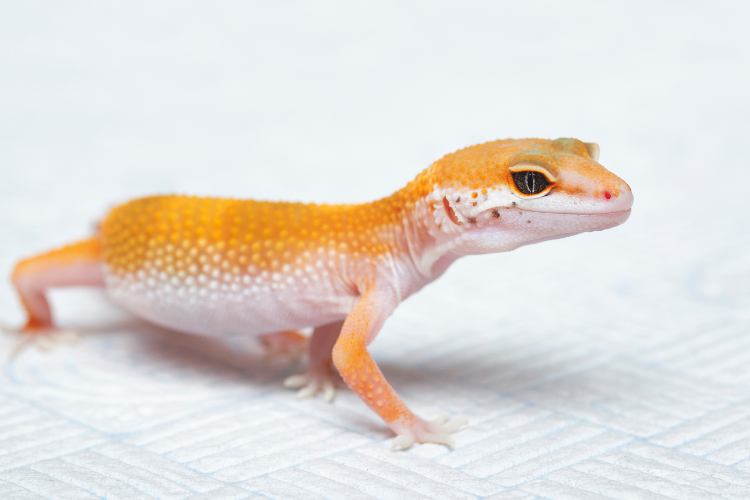
Housing Requirements
Start with a 10-gallon tank for one adult leopard gecko, with an extra 5 gallons per additional gecko, although most geckos thrive on their own. Use a safe substrate like paper towels, reptile carpet, or non-adhesive shelf liner to avoid ingestion and impaction risks.
Geckos need various temperature ranges to thrive and achieve sexual maturity. So, maintain a warm side temperature around 88 to 92°F during the day and a cooler side around 70 to 75°F at night. A heat mat or ceramic heat emitter can help regulate the temperature.
Like other geckos, leopard geckos are nocturnal animals, so they don't need UVB lighting. However, provide a 12-hour light/dark cycle to mimic natural conditions.
Diet and Health Care
Feed your pet leopard gecko a diet of gut-loaded insects such as crickets, mealworms, and dubia roaches. Dust them with a
Common Illnesses
Look out for signs of common health issues like shedding problems, metabolic bone disease, the black spot of death, and respiratory infections that might affect these bright-colored leopard geckos. Ensure proper humidity and a clean environment to prevent these issues.
Dust insects with
Wild Tangerine Leopard Gecko
Tangerine leopard geckos are a morph of the wild leopard gecko, which is among the most widespread reptile species in the wild.
Natural Habitat for Wild Tangerine Leopard Gecko
In the wild, these vibrant geckos are native to the arid regions of Afghanistan, Pakistan, and northwest India. They thrive in rocky deserts, relying on their nocturnal nature to escape the scorching daytime heat.
Diet and Behaviors in the Wild
Their wild diet consists mainly of insects like crickets, mealworms, and spiders. They're skilled hunters, using stealth and patience to catch their prey.
Breeding Habits in the Wild
Males often engage in territorial battles to win over females. Once successful, females lay clutches of two eggs up to several times a year.
Check out this baby tangerine leopard gecko bred by our friends at DB Reptiles! This little fella is only a few weeks old.
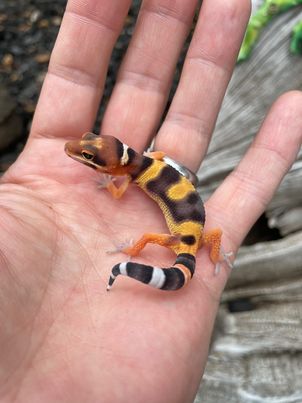
Wrap Up
Tangerine leopard geckos are highly sought after, thanks to their vibrant colors. They’re docile, nocturnal reptiles that can work as the first pet for a beginner reptile lover.
They come in vivid color morphs that make them highly desirable among fellow gecko fans. These colors also protect them from predators and allow them to stay undetected when hunting their prey.


